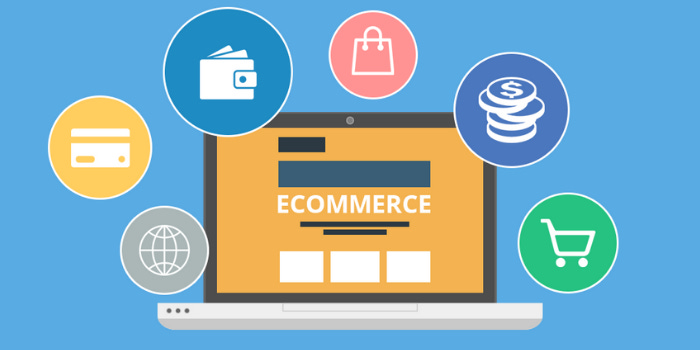The Future Of E-Commerce:
How Technology Is Changing The Game!
As technology continues to advance, the e-commerce industry is also rapidly evolving. From artificial intelligence to virtual reality, social media and mobile e-commerce, retailers and consumers alike will need to stay on top of these trends to stay competitive.
One of the biggest trends in e-commerce is the rise of artificial intelligence (AI). AI-powered chatbots and virtual assistants are becoming increasingly common on e-commerce websites, providing customers with personalized recommendations and support in real-time. In addition, machine learning algorithms can analyze customer data to create highly targeted marketing campaigns and product recommendations. As these technologies continue to evolve, they will become even more effective at driving sales and improving customer satisfaction.
Another key trend in e-commerce is the increasing use of virtual and augmented reality. Online retailers are starting to use VR and AR to create immersive shopping experiences that allow customers to see and interact with products in ways that were previously not possible. For example, IKEA has launched an app that allows customers to see how furniture would look in their home before making a purchase. As VR and AR technologies continue to improve, we can expect to see even more retailers adopt these tools to create more engaging and effective shopping experiences.
Social media is also playing a major role in the future of e-commerce. Platforms like Instagram and Pinterest are quickly becoming popular channels for e-commerce businesses to reach and engage with customers. For example, Instagram has introduced a feature that allows users to make purchases directly from the app, without having to leave and go to a different website. This makes it easier for customers to buy products that they see in their social media feeds. As social media continues to grow in popularity, we can expect to see even more retailers use these platforms to reach and sell to customers.
Finally, the growth of mobile e-commerce is one of the most significant trends in the e-commerce industry. With more and more people using their smartphones and tablets to shop online, retailers are focusing on creating mobile-optimized websites and apps to make the shopping experience as seamless as possible. In addition, the rise of mobile payments such as Apple Pay and Google Wallet is making it easier for customers to make purchases on the go. As mobile e-commerce continues to grow, retailers will need to ensure that their websites and apps are optimized for mobile devices to stay competitive.
We hope you found this newsletter informative and we look forward to bringing you more updates on the latest trends and developments in the e-commerce industry.


